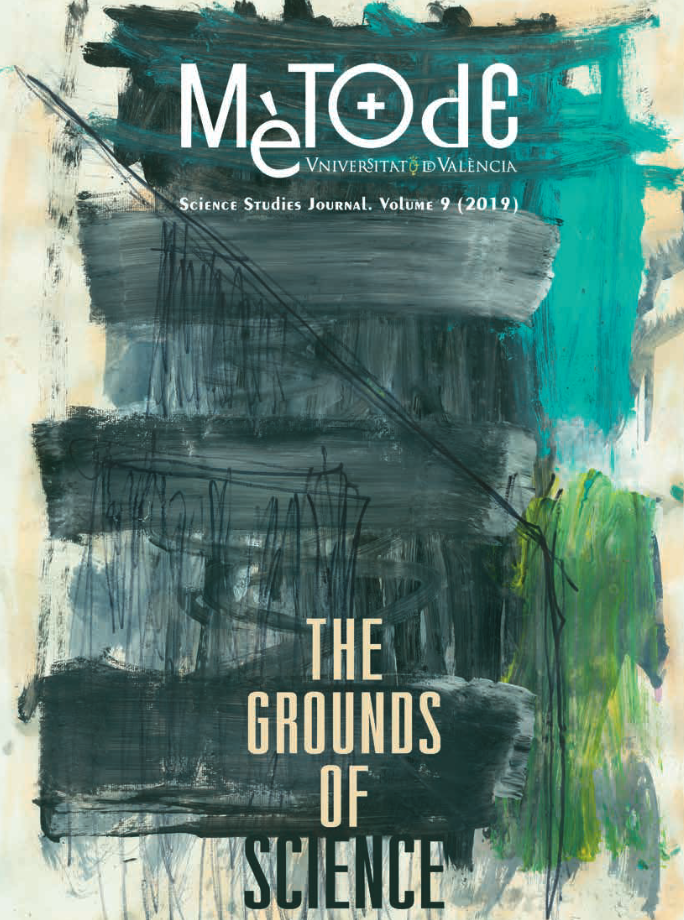Natural enemies and biodiversity: The double-edged sword of trophic interactions
DOI:
https://doi.org/10.7203/metode.9.11417Keywords:
apparent competition, coexistence, ecological opportunity, enemy-victim interactions, top-down regulation Abstract
Abstract
Natural enemies, that is, species that inflict harm on others while feeding on them, are fundamental drivers of biodiversity dynamics and represent a substantial portion of biodiversity as well. Along the life history of the Earth, natural enemies have been involved in probably some of the most productive mechanisms of biodiversity genesis; that is, adaptive radiation mediated by enemy-victim coevolutionary processes. At ecological timescales, natural enemies are a fundamental piece of food webs and can contribute to biodiversity preservation by promoting stability and coexistence at lower trophic levels through top-down regulation mechanisms. However, natural enemies often produce dramatic losses of biodiversity, especially when humans are involved.
 Downloads
Downloads
 References
References
Branch, T. A., Lobo, A. S., & Purcell, S. W. (2013). Opportunistic exploitation: An overlooked pathway to extinction. Trends in Ecology & Evolution, 28, 409–413. doi: 10.1016/j.tree.2013.03.003
Brodersen, J., Post, D. M., & Seehausen, D. (2018). Upward adaptive radiation cascades: Predator diversification induced by prey diversification. Trends in Ecology & Evolution, 33, 59–70. doi: 10.1016/j.tree.2017.09.016
Chesson, P. (2012). Species competition and predation. In R. Lemans (Ed.), Ecological systems (pp. 223–256). New York: Springer. doi: 10.1007/978-1-4614-5755-8
Doherty, T. S., Glen, A. S., Nimmo, D. G., Ritchie, E. G., & Dickman, C. R. (2016). Invasive predators and global biodiversity loss. Proceedings of the National Academy of Sciences, 113, 11261–11265. doi: 10.1073/pnas.1602480113
Holt, R. D., & Bonsall, M. B. (2017). Apparent competition. Annual Review of Ecology, Evolution, and Systematics, 48, 447–71. doi: 10.1146/annurev-ecolsys-110316-022628
Stroud, J. T., & Losos, J. B. (2016). Ecological opportunity and adaptive radiation. Annual Review of Ecology, Evolution, and Systematics, 47, 507–32. doi: 10.1146/annurev-ecolsys-121415-032254
Terborgh, J. T. (2015). Toward a trophic theory of species diversity. Proceedings of the National Academy of Sciences, 112, 11415–11422. doi: 10.1073/pnas.1501070112
Downloads
Published
How to Cite
-
Abstract1562
-
PDF621
Issue
Section
License
![]()
All the documents in the OJS platform are open access and property of their respective authors.
Authors publishing in the journal agree to the following terms:
- Authors keep the rights and guarantee Metode Science Studies Journal the right to be the first publication of the document, licensed under a Creative Commons Attribution-NonCommercial-NoDerivatives 4.0 International License that allows others to share the work with an acknowledgement of authorship and publication in the journal.
- Authors are allowed and encouraged to spread their work through electronic means using personal or institutional websites (institutional open archives, personal websites or professional and academic networks profiles) once the text has been published.





